DANCE HISTORY
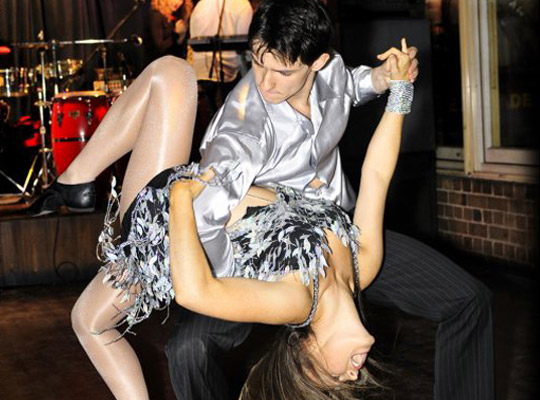
Is a dance with its roots in Cuba and Puerto Rico and a distillation of many Latin and Afro-Caribbean dances. It is similar to Mambo in that both have a pattern of 6 steps dances over eight counts of music, but in Salsa turns have become an important feature, thus the look and feel of the two are different. Cuba is credited with being the ‘birthplace’ of Salsa – the Contra-Danze (Danzon) from England and France, the Rhumbas of African origin (Guaguanco, Colombia, Yambu), the Son of the Cubans (a mixture of African drumbeats flowered to the beat of the clave) have all shaped today’s Salsa. New York created the term “Salsa” but did not create the dance.
The term became popular as a nickname to refer to a variety of music including: Rhumba, Son, Montuno, Guaracha, Mambo, Cha Cha, Danzon, Cumbia, Merengue, among others. Many have retained their individuality and many were mixed, creating “Salsa”.
One thing to remember about this ageless dance: It is like a tree with many roots and branches, but only one trunk: – Although it is played and danced throughout the Hispanic world and has received influence from them all, Samba is a UNITY. It brings together the best of each dance style and its backgrounds, and gels them all together, in its own unique way, while keeping them all separate and individualised! Like the branches on a tree, no one is better than the others, only different! Viva la varied!! Viva La Salsa!!
Other dance styles we teach at Latino Fever School of Dance are:-
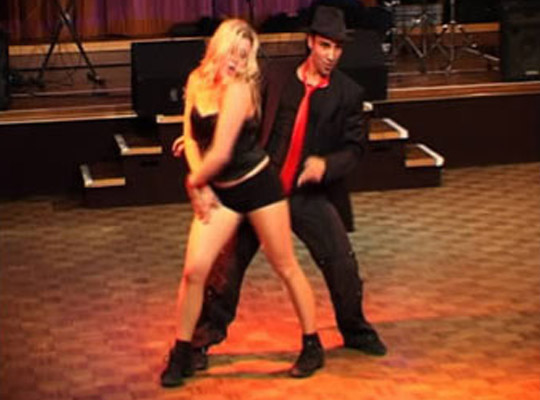
Is a dance of Dominican Republic and its neighbour, Haiti. Two different stories claim to tell the origin of the dance, however really both point to us the important steps of the dance – the stepping to side and dragging the other leg to close.
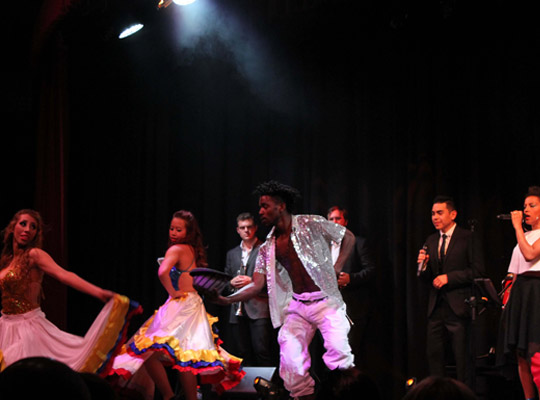
Is Colombian, the name coming from the Guinean ‘cumbe’ dance. African percussion, rhythms, Spanish structure and American melancholic melodies combine to create “cumbia”. Once danced by a woman lifting her skirt flirtingly and simultaneously pushing a man away and enticing him closer, now it is commonly danced by troupes of women.
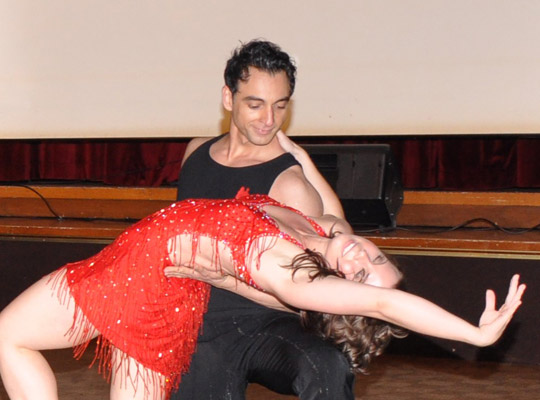
Emerging in early ‘60’s as romantic guitar music from Dominican Republic, “bachata” refers to parties of food and music (guitar-based). Influenced by Cuban bolero, the Merengue, Cuban son and many others from the region, it has several forms including: Bolero, Cabaret, Sexual Double Entendre, Techno, Frontier, and of course Romantic Bachata.

Becoming popular about 1954, Cha Cha is an offshoot of ‘Mambo’. The latter’s slow tempo contained a distinct sound people began dancing to, calling it, “Triple Mambo”, which evolved into the separate dance known today as “Cha Cha”. It consists of three quick steps (cha cha cha or triple steps) and two slower stops on the 1 beat and 2 beat.
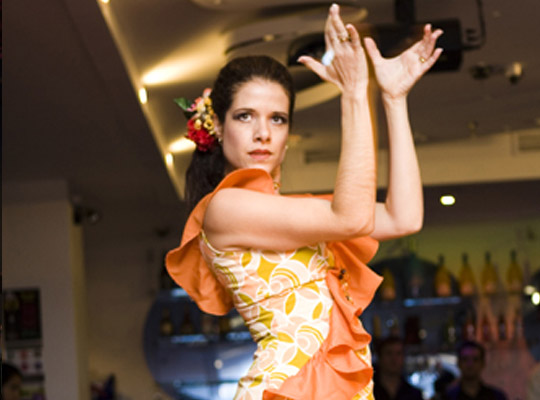
Dates back to the Phoenicians, where Hindu dancers hired as festival (sometimes religious) entertainers. It strongly resembles several East Indian dances, particularly in some body movements such as out turned leg positions, rapid barrel turns and most certainly, percussive foot movements; however, do note that the soft, fluid nature of the Middle Eastern dances is completely opposite to the defiance, explosive and masculine character of “Flamenco”.
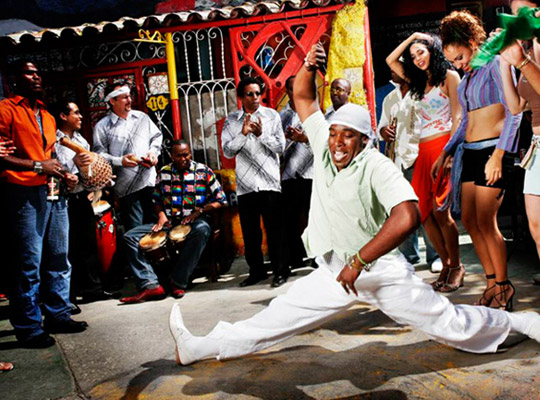
Covers a variety of names (i.e. Son, Danzon, Guagira, Guaracha, and Naningo) for a type of West Indian music or dancing. Its sources are both African and Spanish, although most growth of the “Rumba” took place in Cuba. Native “rumba” folk dance is basically a sex pantomime with exaggerated hip movements and a sensually aggressive attitude from the male partner versus defensive from the female. Music is to a staccato beat, in keeping with these vigorous movements in the dance.
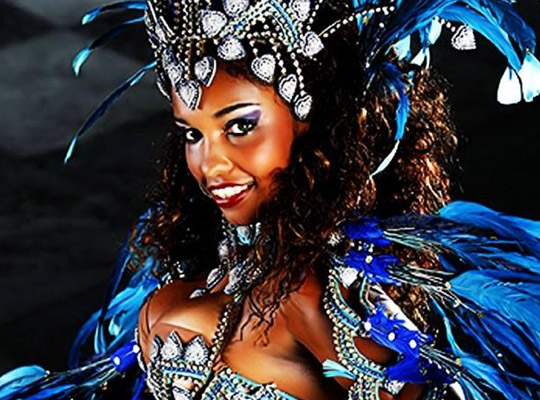
Has Brazilian origins of slave days of 1700’s. ‘Carioca’ (‘from Rio De Janeiro’) re-emerged in 1930’s, with Fred Astaire and Ginger Rogers’ first film making it popular; and Princess Margaret also liked it immensely. Its heterogeneous origins, including steps to quarter-beat rhythm and hip movements on half-beats between steps continue today.

Started in N.Y. in late 60’s. As then, it has continued popularity with Hispanics and African Americans, and has grown from break-dance and body-popping to international recognition since the ’70’s. It has strong ties with rap, scratch and graffiti art. It merged recently into rap videos and with house, with a re-invention into broader influences.
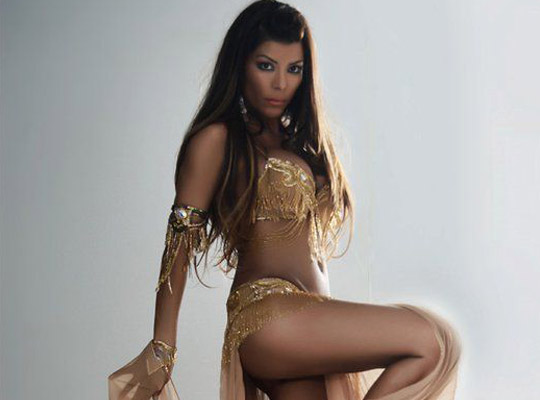
Commonly referred to as ‘oriental dance’ or ‘raks sharqui’ (Arabic for ‘Dance of The East’). It is traced back over 6,000 years to early pagan matriarchal communities. These linked fertility dances with symbolic re-creations of giving birth to belly dance. Thus, the hip movements, muscular contractions and sinewy undulations, as well as Indian neck slides, all link the rituals. Mistaken for entertainment for men, history shows the sexes were strictly separated during such rituals, proving this wrong.
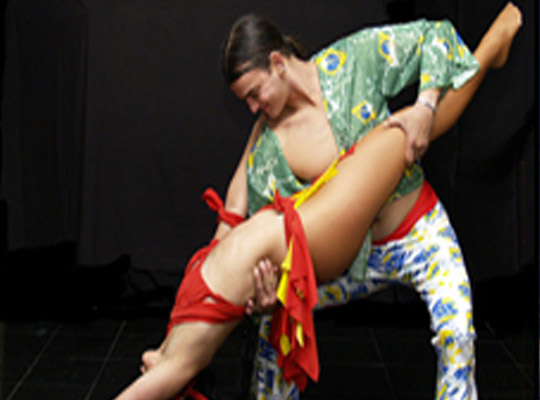
Influenced by Brazilian/Caribbean dances like Samba, Merengue and Rumba, it gained popularity in Bahia, a Brazilian state famous for cultural and musical roots. Characterised by very close hip positioning between partners, and fast paced side to side swaying, Lambada gained worldwide fame in the ‘80’s through a Hollywood film of same name.
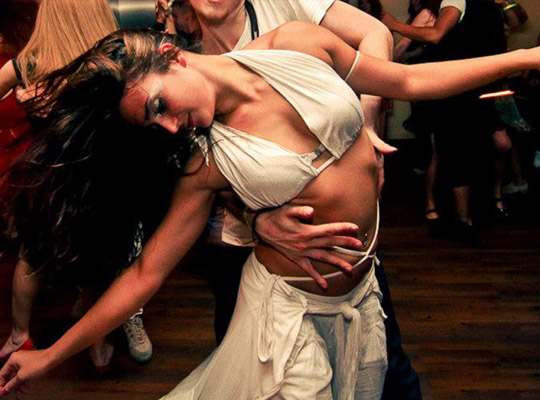
is a partner dance originating from Brazil. Also known as zouk-lambada, the dance is a descendant of Lambada, the music & dance style that swept over the world like a storm in the late 1980’s. Brazilian Zouk is characterized by the dancers’ undulating bodies and the girls’ flowing hair. Depending on the style of Brazilian Zouk, you can see a close connection embrace and long graceful steps, strong hip movements, body isolations and upper-body torsions, wild spins and whip-like head movements. While the dance is often called sensual, it is not sexual or erotic. It is danced by people of all ages in night clubs, dance schools and events around the world!
[instagram-feed id=”5964484761″]
